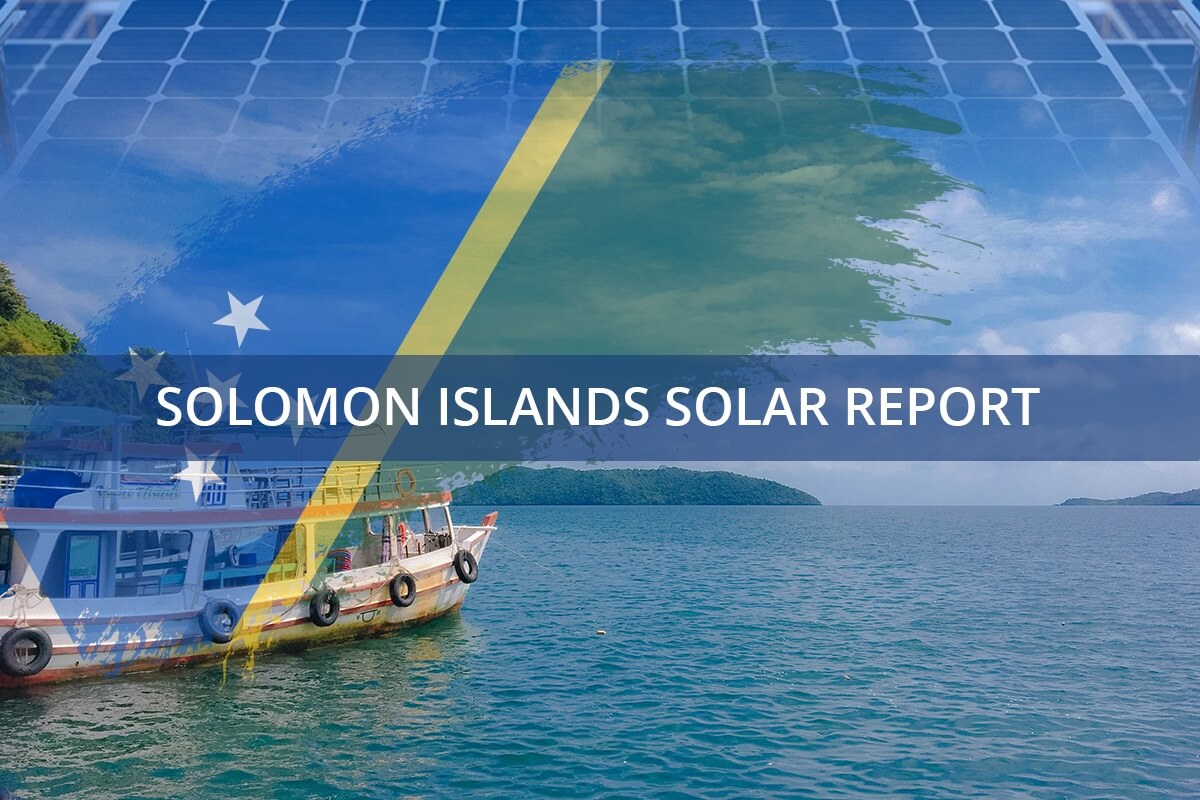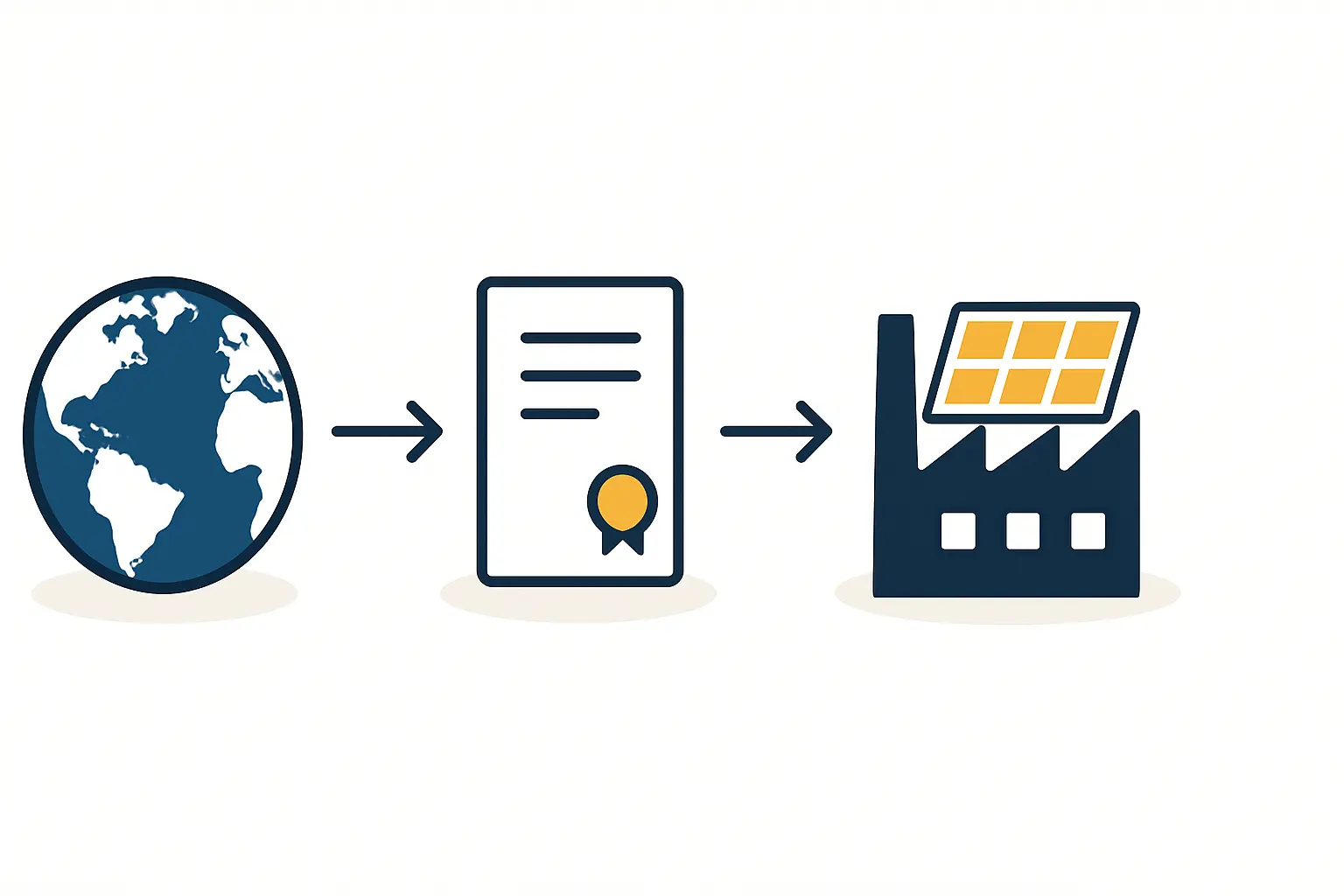Pacific Island countries are making significant progress toward achieving 100% renewable energy in response to the urgent threat of climate change, which jeopardizes their very survival. Notable advancements have been made in Fiji, Vanuatu, and Tuvalu, where renewable energy now supplies 50% or more of their total electricity needs, setting a powerful example for the world.
Pacific Renewable Energy Initiatives
The Pacific Island countries are taking decisive steps towards achieving 100% renewable energy, driven by the existential threat of climate change. The region is particularly vulnerable, with rising sea levels threatening entire communities. In response, nations like Fiji, Vanuatu, and Tuvalu have made substantial progress, with renewables now accounting for 50% or more of their total electricity supply.
This ambitious transition is part of a broader regional objective for a complete energy transformation, with individual nations setting aggressive timelines. For example, Fiji plans to achieve 100% renewable energy by 2035, while Tuvalu aims for 100% renewable energy by 2030. To facilitate this shift, Pacific leaders have even agreed to establish a Pacific Energy Commissioner to coordinate the transition across the region, ensuring a cohesive and collaborative approach.
These efforts are not just focused on renewable electricity but also on other innovative energy solutions. For instance, Vanuatu is exploring the potential of wave energy, while Tuvalu is testing the feasibility of ocean thermal energy. These initiatives demonstrate the region’s commitment to diversifying its energy sources and maximizing the use of its abundant natural resources.
Ready to make big Profits?
The solar Industry is Booming
WE HELP NEWCOMERS to the solar industry start their own solar module production line. Customers can make BIG PROFITS by selling modules and finding investors, without wasting money and time on things they don't need!
Solar Power: A Key Driver of Pacific renewable energy
Solar power is playing a crucial role in the Pacific Islands’ transition to renewable energy. In 2023, the International Renewable Energy Agency (IRENA) reported a 22% increase in solar photovoltaic (PV) capacity across the region, bringing the total to 113 megawatts (MW). This expansion, driven by an ever-improving solar panel manufacturing process, is part of a broader trend that saw the Pacific Islands increase their total renewable energy capacity by 22% in 2023 alone. Understanding the basics of solar panel manufacturing is key to appreciating the scale of this achievement in such a remote region.
The Cook Islands, for example, has made significant progress, with renewable energy now providing 48% of its electricity needs. This achievement is part of the country’s long-term goal of becoming entirely dependent on renewable energy.
Meanwhile, Niue has reached a remarkable milestone, becoming the first Pacific Island nation to achieve 100% renewable energy. This was made possible through a strategic combination of solar, wind, and battery storage, supported by a partnership with New Zealand.
Challenges and Solutions for Pacific renewable energy
Despite these successes, the Pacific Islands face significant challenges in their renewable energy transition. Geographic isolation, limited infrastructure, and the high cost of renewable energy technologies pose considerable hurdles. However, the determination of Pacific Island leaders, combined with international support, has helped overcome many of these obstacles.
For instance, Tuvalu has achieved 60% renewable energy penetration, thanks to partnerships with organizations like Japan’s International Cooperation Agency and New Zealand’s Ministry of Foreign Affairs and Trade. These collaborations provide necessary funding and technical expertise. Similarly, initiatives like the REnew Pacific project are advancing sustainable energy by funding major projects across the region, including in the Solomon Islands, which aims for 100% renewable electricity in its capital by 2030.
In Vanuatu, where renewable energy now accounts for 60% of the electricity supply, the government is committed to reaching nearly 100% renewable generation by 2030. A key challenge in this cyclone-prone region is infrastructure resilience. This has led to a focus on solutions like manufacturing cyclone-rated solar modules that can withstand extreme weather events, ensuring the long-term viability of these critical investments.
The Path to 100% Pacific renewable energy
The Pacific Islands’ journey towards 100% renewable energy is about more than just reducing carbon emissions; it’s a critical strategy for energy security, economic stability, and climate resilience. These renewable energy targets are part of the region’s broader commitment to achieving net-zero emissions by 2050, positioning the Pacific as a global leader in climate action.
The Pacific Islands’ commitment to a sustainable energy future is a testament to their resilience and determination. By prioritizing renewable solutions, these nations are not only shrinking their carbon footprint but are actively building a more secure and prosperous future for their people.
To learn more about the technologies and strategies driving this global energy shift, explore our free e-course on solar panel manufacturing.



